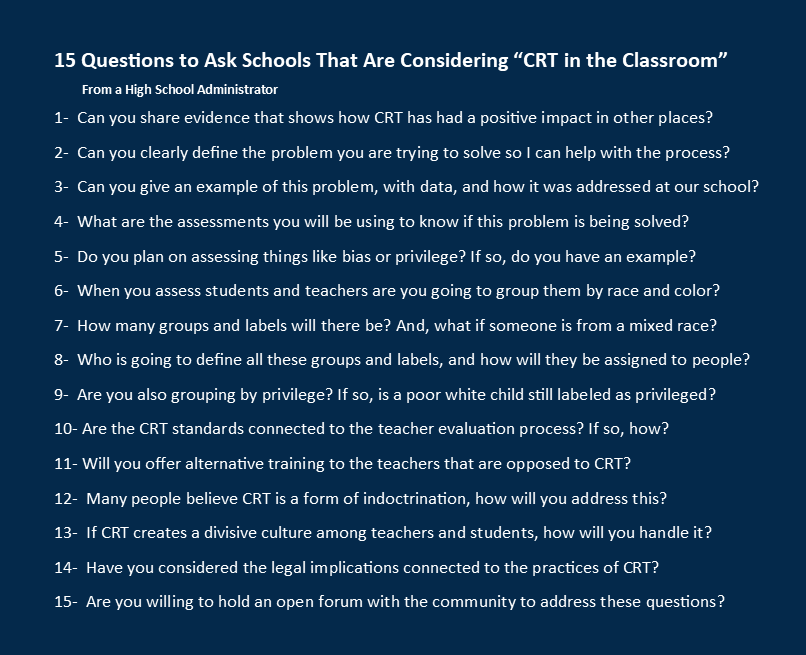Engage
Our schools have been in a slow and steady transition from providing world class education to our children to bringing down the standards of learning, while promoting political ideology and special interest group agendas. Our school boards have become activist boards, doing what they CAN do instead of what they SHOULD do. They should educate our children in Reading, Writing, Arithmetic, Science, History (yes, REAL History) and the Arts, while keeping our children safe while in their care.
It is time to step out from behind your keyboard, off the sidelines and into the fight to reclaim your school.
Get smart. Get together. Get Organized. Get Involved!
Below, you will find resources from A-Z that will help you to get started.
Resources: (Click on the heading to learn more)
Resources: (Click on the heading to learn more)
“It is not because things are difficult that we do not dare; it is because we do not dare that things are difficult.” — Seneca







